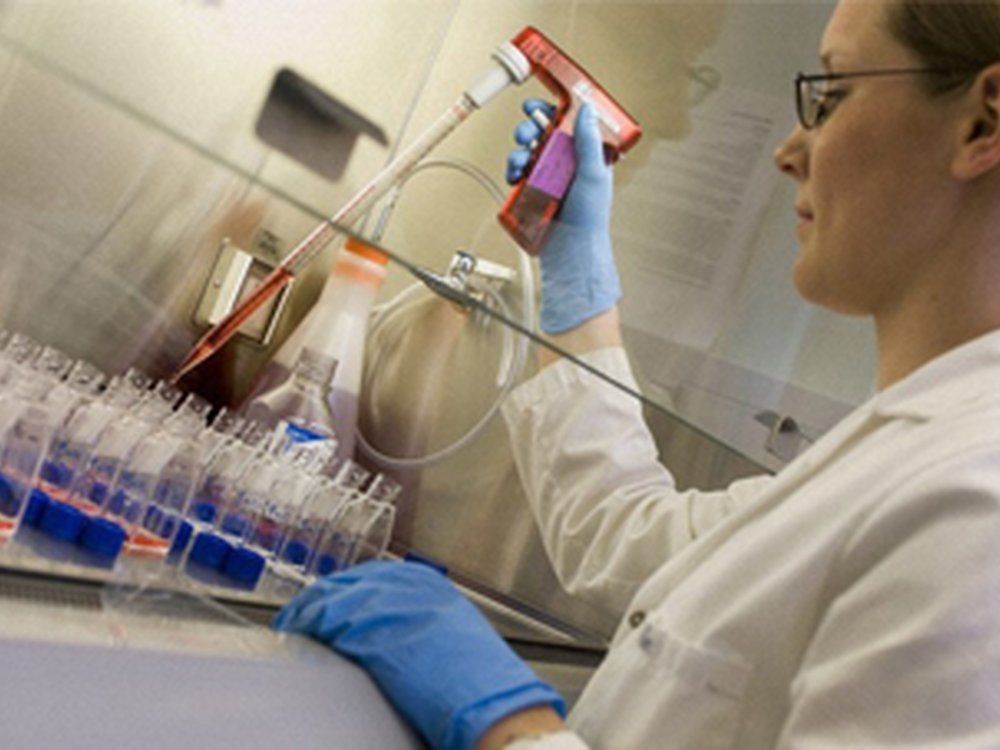What is the main cause of mitochondrial disease?
Our mitochondria perform many metabolic tasks but mitochondrial disease refers specifically to problems with the task of converting energy from one form to another using the specialised machinery within these structures.
How does mitochondrial disease affect the body?
Mitochondrial disease occurs when our mitochondria cannot provide the energy our cells need to function properly. Mitochondrial disease is a metabolic disorder, meaning one of the processes involved in making, using or disposing of materials in the body is abnormal.
Why is mitochondrial disease so serious?
When cells lack the energy they need, they stop performing and may begin to die. If many mitochondria are affected, especially in vital organs, mitochondrial disease can be very serious and even fatal.
Why do symptoms and severity vary?
Symptoms and severity vary widely because each person may have a unique combination of functioning and non-functioning mitochondria in different cells and organs. Although the genetic cause can differ among individuals, all forms of mitochondrial disease result in a reduced ability of mitochondria to produce the necessary energy.
Types of mitochondrial disease
Some types of mitochondrial disease affect only one organ, while others impact multiple organs. In some cases, distinct patterns of organ involvement have been given mitochondrial ‘syndrome names’; examples of these types of mitochondrial diseases include Alper’s, Leigh’s disease, MELAS or MERRF.
How is mitochondrial disease classified?
Mitochondrial dysfunction may also be categorised based on the specific complex of the respiratory chain that it affects (e.g. Complex I) or by the gene mutation responsible for it.
Learn more
Whether you’re newly diagnosed or have been living with mitochondrial disease for some time, you can find more answers to your questions in our mitochondrial disease Q & A section.



